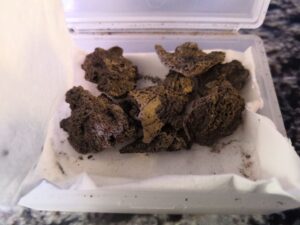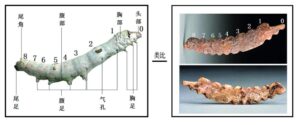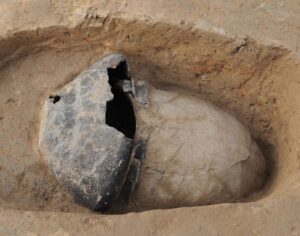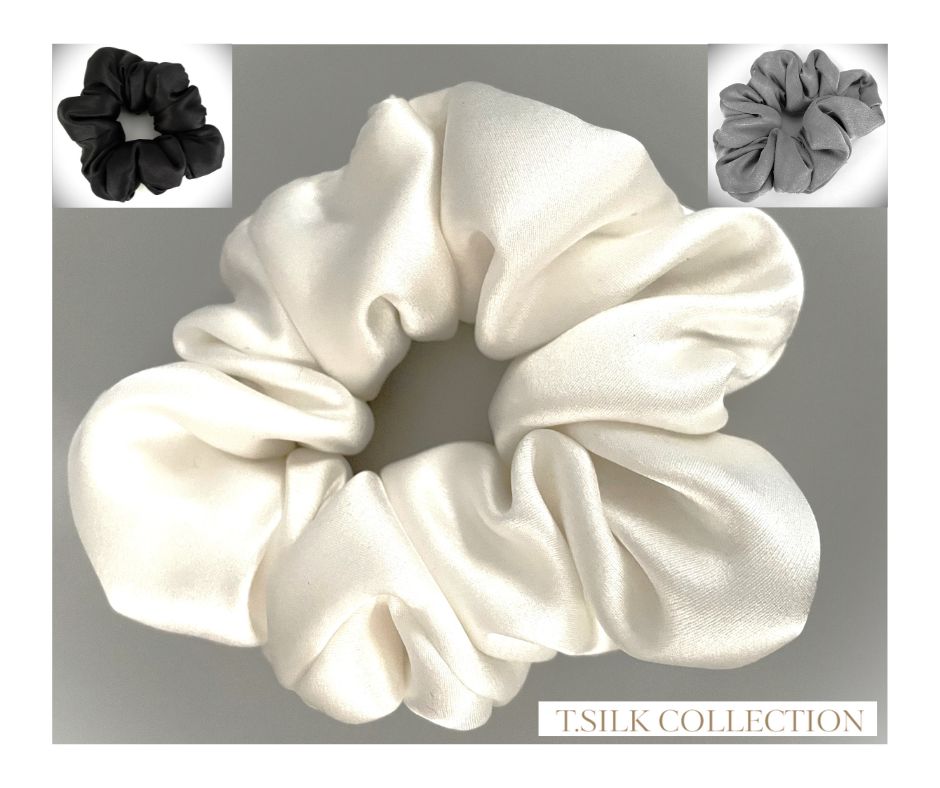T.SILK COLLECTION presents the revolutionary soft and innovative silk scrunchies and hair elastics. Mulberry silk scrunchies developed from the research and experience of Cosetex...
Not only history but centuries-old culture and tradition
The History of Silk, its origins, its production and cultivation are enriched with new incredible discoveries.
In the archaeological site of Wanggou, in the Henan Province (Central China) it was found a complex of Yangshao culture ruins, dating back to the Neolithic Age.
The archaeologists of the China National Silk Museum have always considered the carbonised parts found inside some funeral relics as residues of silk fabrics.

Thanks to the use of an innovative dating methodology and definition of the types of material existing within an archeological finding, called ELISA, (enzyme-linked immunosorbent assay) linked to the determination of the enzyme immunoassay assay, it was possible to arrive at the conclusion that the finds found around a child’s skull were actually pure natural silk fabrics, the oldest silk fabrics ever found, dating back more than 5000 years ago.
These and other archeological finds highlight how, at that time, the technology of cultivation and production of silk was in a very advanced stage.
From subsequent researches, one of the fabric residues turned out to be a dyed silk fabric, obtained through a specific prior process of boiling of the silk, in order to avoid that the color applied could fade over time.
The cult of the silkworm

At the Shuanghuaishu site, it was found a silkworm of about 6.4 cm carved in a bone.
The analysis of the precision of the carving has allowed archaeologists to state precisely that the life stage of the silkworm was just before the production of the precious silk thread.
This find underlines the extreme knowledge and familiarity of the ancients with the different growth stages of the silkworm, and also how this populations had already managed to domesticate selected species of silkworms for the silk production..

A further fascinating finding: the type of burial of the urn at the Yangshao site has significant similarities with the shape of the pupa/chrysalis of the silkworms in the moments preceding its transformation into a larva and subsequently into a butterfly.
According to archaeologists, the existence of a real adoration of the silkworm is very likely and placed as a reference and wish for the dead and their cult: the deceased, just like the silkworm moth, could reborn transforming after death
The history of Silk is still full of countless and fascinating discoveries




